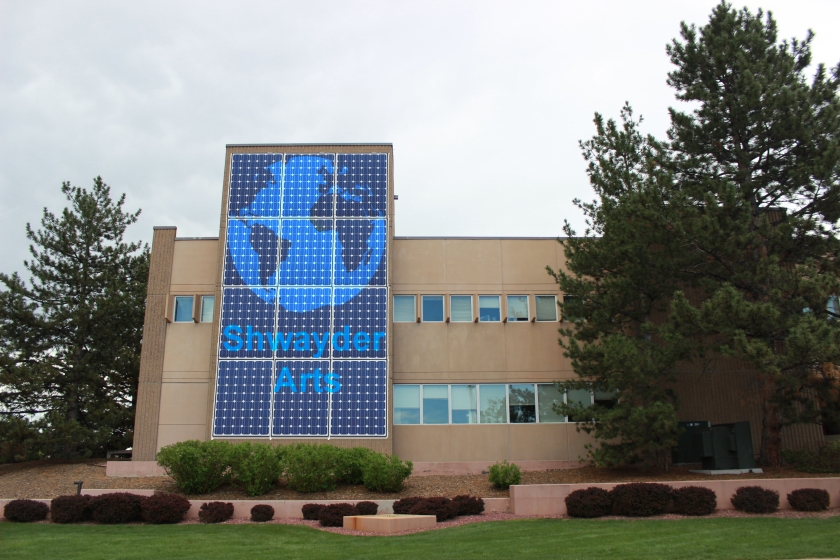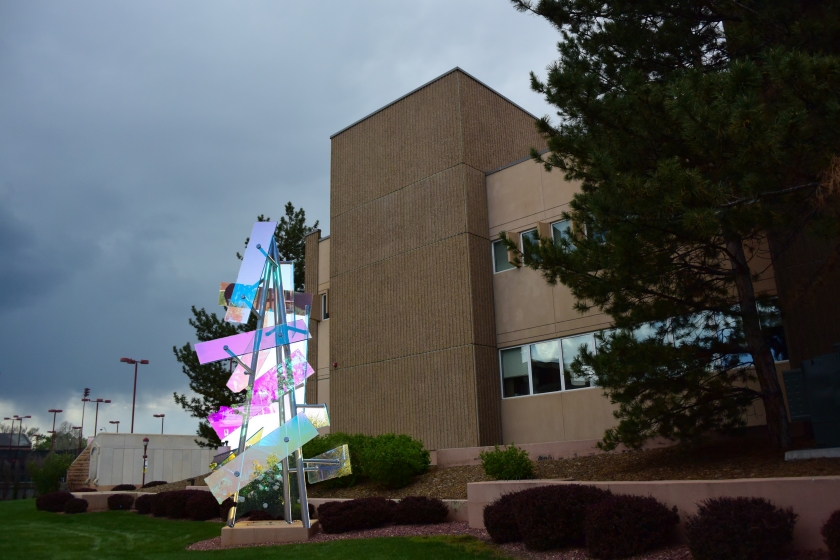In the past few weeks, The Colorado Department of Transportation, or CDOT, launched a billboard campaign that has received a lot of negative feedback from the Denver community. The billboards initially had large statements like “Brain Damage,” “Life or Death,” and “Windshield Ejection” without any explanation. Last week, the billboards were completed with a large, 3D seatbelt covering up the later half of these messages, conveying the message that by wearing a seatbelt, you can avoid tragedy such as damage, death, or ejection from the vehicle. The modified billboards also included the message “Buckle Up. Seatbelt enforcement is on.”
Many people view this campaign as unhelpful, dangerous, and wasteful. The billboards in total cost $200,000, money which many felt should be being used to repair potholes left from the winter and road maintenance. However, CDOT received these funds specifically for public safety campaigns like this one in a grant from the federal government. They have to use it for such purposes and the money cannot be spent on things like potholes.
I was left on the fence with this campaign. I think, from a marketing and PR standpoint, it is a very effective and powerful campaign that is simple and easy to understand. Plus, it is visually memorable and utilizes this form of media extremely effectively. But, I can see where the public outcry is stemming from. It does avert a driver’s eyes from the road and distracts them, leading to the potential for an accident and the types of damage the billboards describe. Also, the separation between initial installation and the installation of the final messaging and seat belts could be that many people didn’t get the full effect or message of the campaign, effectively rendering it a failure. Furthermore, I feel like the department should be requesting more funds for road maintenance rather than PSA funding. Yes, the messages they are spreading are important but the fact of the matter is that if the roads themselves aren’t safe to drive on, the message may not be as relevant.

CDOT’s Newest Seatbelt Campaign





